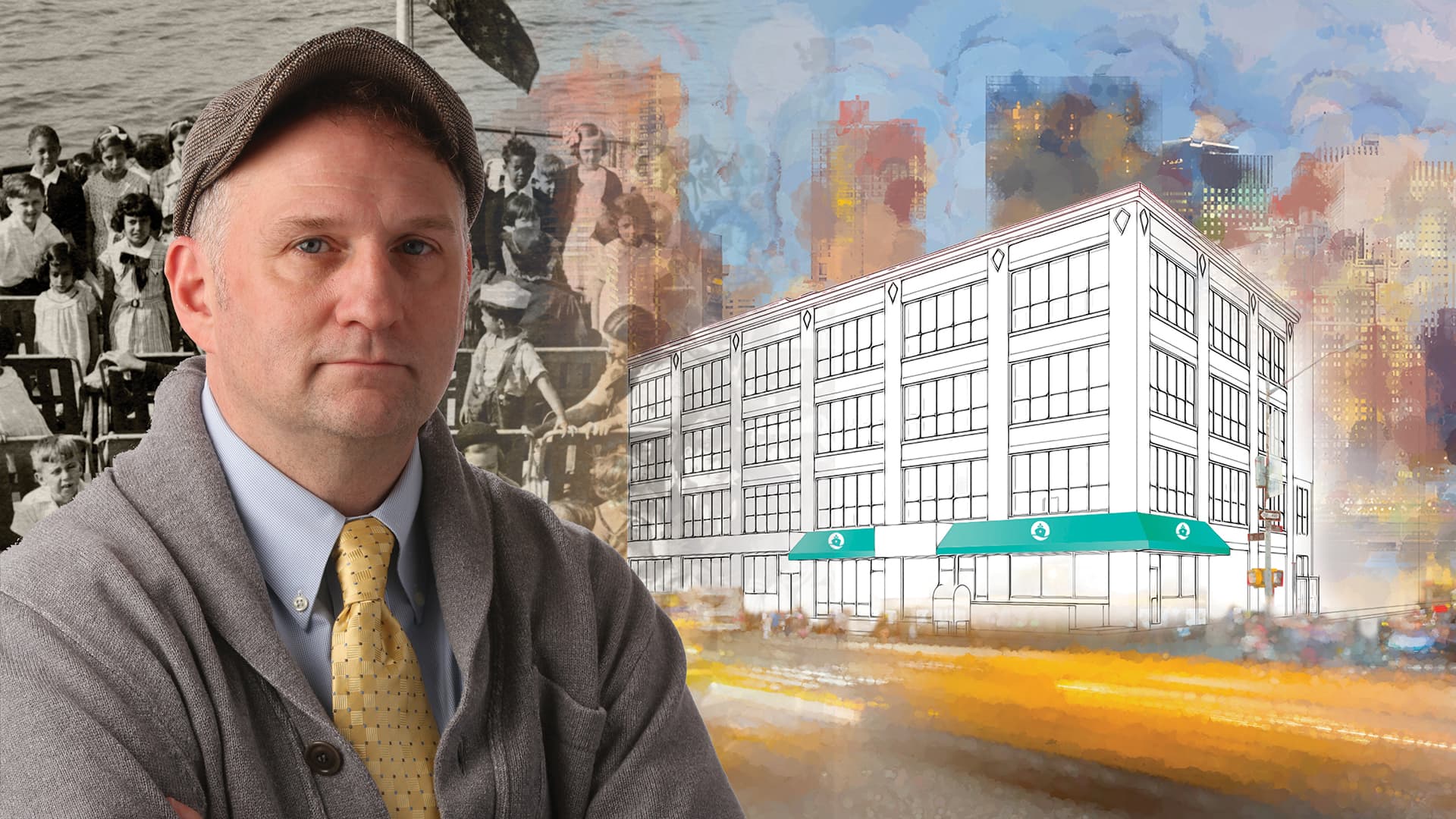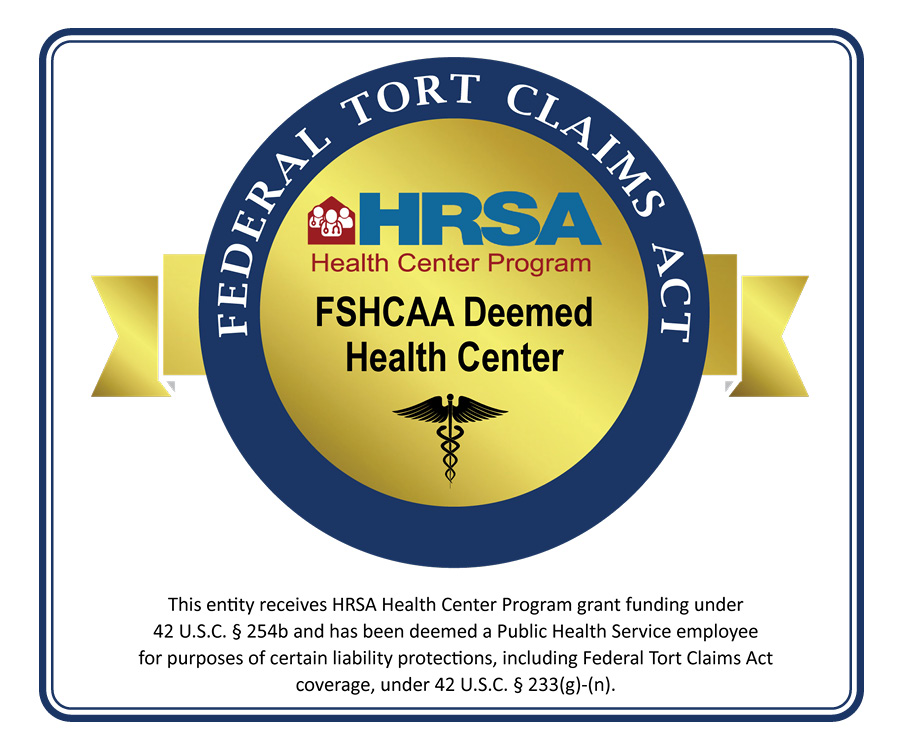
TFH’S President Reflects on the Long Journey to Provide a Continuum of Compassionate Care
BY SEAN T GRANAHAN, ESQ., PRESIDENT & GENERAL COUNSEL OF THE FLOATING HOSPITAL
Approximately 16 years ago, I took the helm of one of New York City’s most unique and iconic healthcare institutions. The Floating Hospital had just emerged from a stream of bad luck: an exhausted endowment and subsequent receivable write-downs, and the devastating effects of 9/11, after which its ship was forced to give up its historic dock in lower Manhattan. I was one of its attorneys at the time, working in a Manhattan law firm. I was always a history buff, but aside from its rich past, what compelled me to throw in the towel at a large law firm, and take my chances with a “little ship that could,” was its staff.
I was in awe of the heartfelt care they poured into every family who crossed its threshold, no matter their financial, insurance or immigration status. I felt strongly that they deserved the ability to spread their good karma, and was determined to see that happen.
Lacking an endowment and with few operating funds, it was not an appealing prospect from a business perspective. I inherited a budget of barely $3M and was wished the best of luck by the then-board of directors. But, what it did have in abundance was heart and a truly charitable purpose (TFH dispenses 20%+ in charity care per year, in contrast to an average of 1.5% of other nonprofit institutions).
With hard work and a dedicated staff, TFH became a financially solid organization. Dedication to its role as the city’s original charitable safety net drove both its care and business decisions. Consistent with its history, it continually served those populations that needed it the most¬¬. Today, that means those living in homeless family and municipal shelters; domestic violence safe houses; and “doubled up” with families and friends. The hospital expanded its healthcare footprint in Queens to the Queensbridge Houses, the largest public housing in North America.


Today, 166 years after it founding, no storm, plague or virus stops TFH from providing compassionate relief and treatment to anyone who walks in the door. It does it without judgment, and with humanity and kindness. Finally, it continues to do more than healthcare because those whom it serves need more than healthcare—from food and clothing to basic essentials like diapers and soap.
Despite emergency preparedness plans or a prior Ebola scare, nothing really prepared the city or us for COVID. Because of the nature of its primary-care delivery model—van transportation service for patient families, health-education classes and dissemination of essential items—TFH’s safety net was particularly vulnerable to the downsides of social distancing and shelter-in-place mandates. By its very nature, a safety net is social, and requires interaction among not only medical providers, but an army of volunteers and support staff, as families facing homelessness and violence harbor unique socio-economic challenges that healthcare in a vacuum cannot address.
Under the pressure of COVID, TFH’s entire family-driven safety net collapsed almost immediately with clinic closures, staff furloughs, and social services discontinued.
Though construction for healthcare facilities was deemed essential under the new safety mandates, the contractor’s workers stayed home, and city building inspectors erroneously shut down renovation at the new main clinic. The hospital’s first infectious disease doctor started work just a few days after the first shelter-in-place order was issued. Financial support for this new practice was to come from the routine primary-care services, which were largely furloughed, placing this important expansion—just like most of its underlying services—at risk. The pharmacy sold out of most OTC product overnight, then struggled to restock. Key clinical staff members and managers alike fell ill to COVID.


TFH’s patient families were particularly hard hit. Social distancing is not easily managed when four family members share a room and a bath. But, moreover, impoverished families suffer disproportionately from chronic conditions related to malnutrition—diabetes, hypertension and obesity. Routine primary care, suspended during COVID, was their lifeline to support. Self-monitoring devices such as glucometers and portable blood-pressure meters are not readily available for families living in shelters. Families were not able to receive the essential items such as diapers, formula, hygiene products, clothing and food that were routinely during shelter outreach visits. Most importantly, without their frontline support, many of whom were furloughed or working remotely, these families were left stranded, sequestered and struggling to find a safety net.
While much of America adopted phone or video telehealth for routine medical needs, the new healthcare model for homeless families without WiFi was postponement. These forgotten families rely on flip phones, if they have phones at all, and by-the-minute-purchase plans.
TFH staff members did what they’ve always has done—rolled up their sleeves and got to work. Drivers who used to transport patients, pivoted to contactless delivery of prescriptions, and transported essential staff so they could reduce exposure to infection on public transit. Existing patients were transported one family at a time to clinics for the most serious matters. Health educators ensured that each family who made it to a clinic left with essentials, and set up a distribution network among the shelters for donated and necessary goods. The new infectious disease doctor managed COVID-symptomatic as well as HIV-positive patients, and advised on testing protocols. The mental health team maintained contact with patients via telephone. Administrative staff adapted to home-based work, and worked tirelessly to secure every bit of COVID relief funding available.
As a “50-something” with parents in their 80s, I also had to adjust to a work-at-home world. My trips to the clinic, however, enabled me to see an amazing group of people as I did 16 years ago and marvel again at how they work through adversity with dignity and good spirits. It reminded me also of my original commitment to the hospital to preserve at least one place in healthcare where the concept of a safety net is preserved in its best form, and to aid those who dedicate their lives to make that happen.
In addition, the work of Betty Bryden will brighten the walls of our new home. Betty, an artist based in Montrose PA, has long been a friend to The Floating Hospital.
These images offer a sneak peek of Betty’s work that will be on display at our new clinic. Although land-based since 2003, our nautical roots remain a central theme in our décor.
Share This Story, Choose Your Platform!
Categories
Tags
The Floating Hospital provides high-quality healthcare to anyone who needs it regardless of race, ethnicity, religion, gender, immigration or insurance status, or the ability to pay. By providing unrestricted medical care in tandem with health education and social support to vulnerable New York City families, The Floating Hospital aims to ensure those most in need have the ability to thrive, not just survive.


